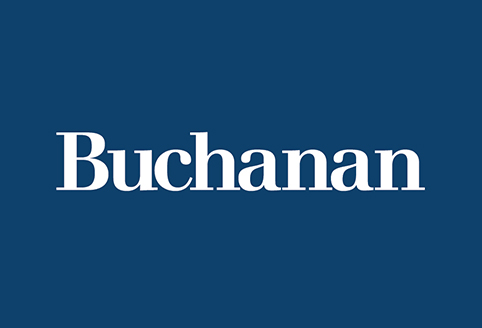
Alexandria Intellectual Property Attorney Chad Wieland Quoted on H&R Block's Patent on Payment Card-Issued RALs
As noted, "Starting in 2011, the debt indicator will no longer accompany the e-file receipt confirmation sent to preparers. The debt indicator is an IRS-provided accounting of all the outstanding debts that might offset a refund. The IRS did say it would provide the indicator directly to taxpayers through the interactive 'Where's My Refund' portal on IRS.gov."
The article went on to report that "Tighter regulation has prompted companies like H&R Block, for whom RAL lending is a balance sheet mainstay, to think creatively. Block recently secured a patent to offer payment card-issued RALs in a way that circumvents federal loan regulation.
Wieland weighed in explaining that Block patented the right to issue a RAL not as a loan but as "an assignment of the right to the refund to the bank. It is designed to avoid the regulatory banking laws."
He added that though he had no specific knowledge of Block's motivations, "they are spending more than is average on patent applications to pursue this vigorously," and added that firms usually concentrate their patent budgets on those efforts that will offer the greatest competitive advantage. Avoiding loan paperwork and regulation may be "reason enough" to explain why Block prioritized such a narrow patent, he said.
In regard to how narrow the patent is, Wieland said having it as such allows it to be easily "designed around."
"Competitors can issue anticipation loans on credit cards. They just can't use the vehicle of an assignment," he said. For competitors, "it becomes a question of how valuable avoiding the loan documentation process is as to whether they would be interested in designing around it or challenging the patent and trying to defeat it," Wieland said.
Contributors
Related Services & Industries


